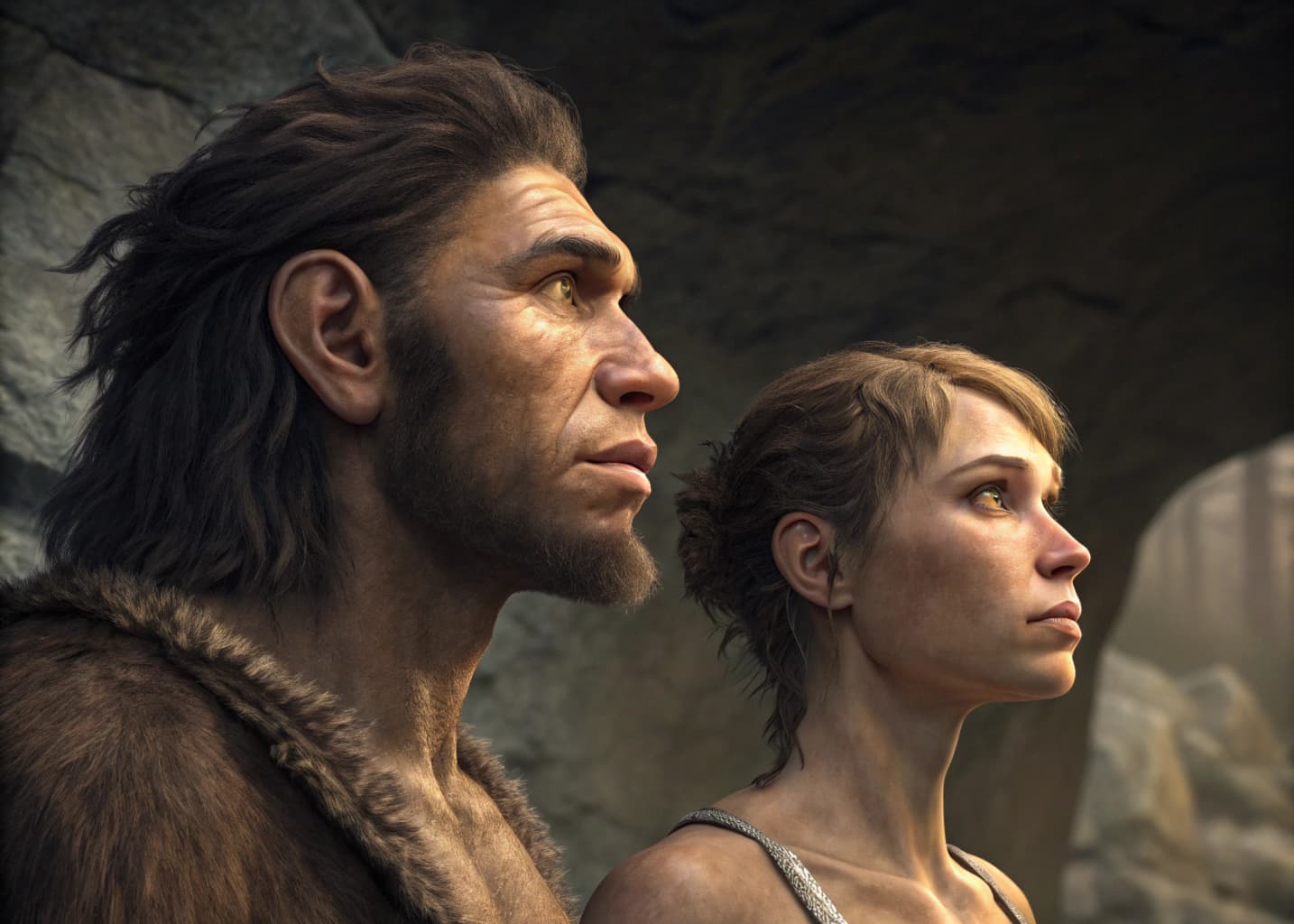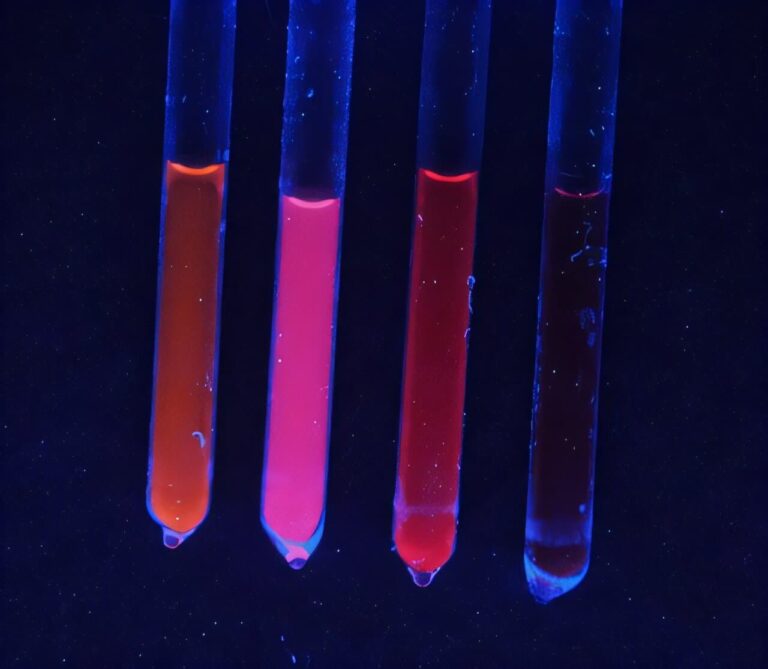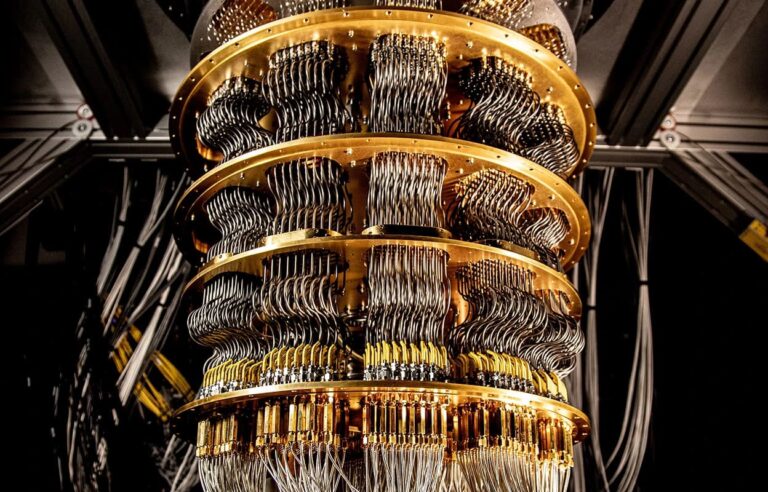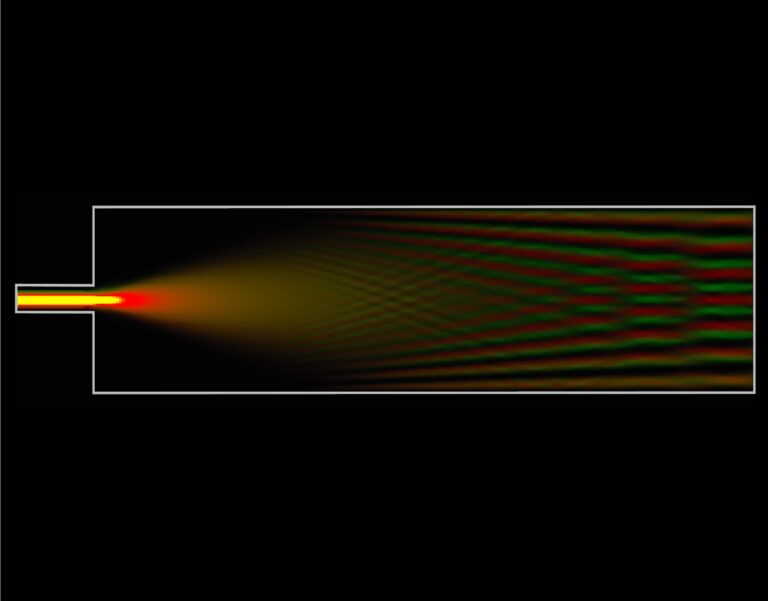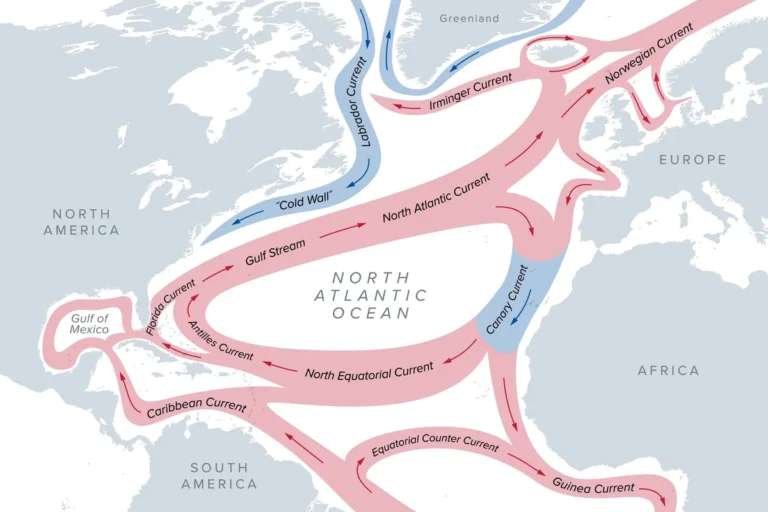Prehistoric Pickup Line: When Humans and Neanderthals Made Genetic History
Two teams of scientists have uncovered groundbreaking evidence about the genetic interactions between Neanderthals and modern humans, revealing that the interbreeding occurred more recently and more specifically than previously understood. Published on 12 December 2024, two separate studies in Science and Nature provide compelling new insights into human evolutionary history.
The research centers on the oldest human genomes ever sequenced – specifically, a male Homo sapiens discovered near Ranis, Germany, and a female Homo sapiens found in the Zlatý kůň cave in the Czech Republic. These ancient genetic samples have allowed researchers to precisely track the moment when Neanderthal DNA entered the human genetic lineage.
One study, detailed in Science, analyzed genomic data from 275 contemporary humans and 59 Homo sapiens ranging from 2,200 to 45,000 years old. The researchers, including Priya Moorjani from the University of California, Berkeley, determined that Neanderthal genetic contributions began around 50,500 years ago and continued for approximately 6,800 years.
The companion study in Nature, examining the Ranis and Zlatý kůň genetic samples, pinpointed the interbreeding period between 45,000 and 49,000 years ago. Remarkably, both studies converged on a similar timeline, suggesting a single significant period of genetic mixing.
What makes these findings particularly intriguing is the geographic and genetic context. The researchers believe this genetic exchange most likely occurred in the Middle East, with the ancestors of all people outside sub-Saharan Africa encountering and mixing with Neanderthals shortly after leaving the African continent.
The genetic record reveals more than just timing. Some Neanderthal genetic variants appear to have provided significant advantages to modern humans adapting to new climates and disease environments. Genetic sections related to skin color and immunity showed particularly interesting patterns of natural selection, with evidence suggesting these variants were beneficial in the first 100 generations after intermixing.
An unexpected discovery emerged from the genetic analysis: the Ranis man and the Zlatý kůň woman, despite being found 230 kilometres apart, were part of the same extended family. However, they seemingly left no direct descendants in modern human populations.
Alexander Platt, a geneticist at the University of Pennsylvania, described the research as “eye-opening,” particularly in how it confirms a specific model of human evolution. Benjamin Peter from the Max Planck Institute for Evolutionary Anthropology noted that the details of human-Neanderthal interactions remain “one of the main questions” in evolutionary biology.
The genetic evidence tells a complex story of human migration and interaction. These early humans carried genetic variants now found in every living person with non-African heritage, suggesting a shared genetic inheritance from these ancient encounters.
Pontus Skoglund, an evolutionary geneticist at the Francis Crick Institute, highlighted the significance of the later-than-expected dating of genetic mixing. The research suggests that while Neanderthals and modern humans shared the planet for thousands of years, their genetic mixing was more concentrated and recent than previously thought.
Priya Moorjani emphasized the intricate nature of this historical period, describing it as a time of extensive human movement, interaction, and genetic exchange. Her comment that to some of our ancestors, Neanderthals “weren’t that different from us” provides a poignant perspective on these ancient interactions.
These studies not only refine our understanding of human evolution but also illustrate the complex genetic tapestry that defines human ancestry. They demonstrate how scientific methodologies continue to unravel the intricate stories written in our genetic code.
